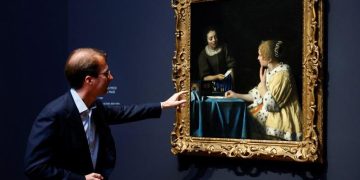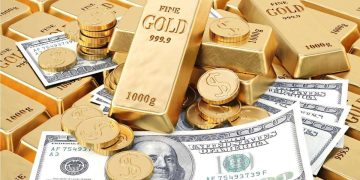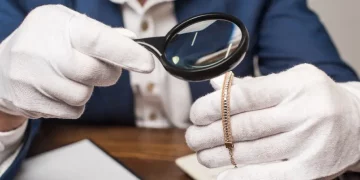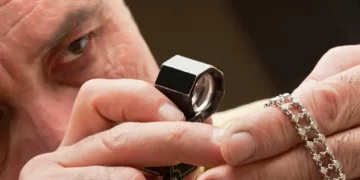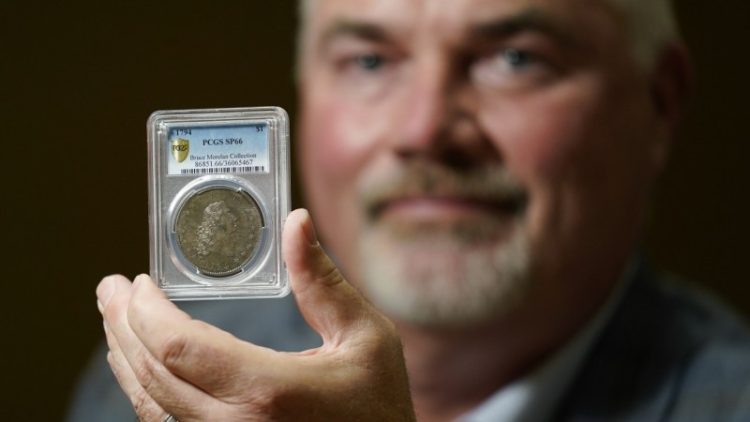Introduction
In the world of coin collecting, it’s easy to overlook some items in favor of well-known rarities. Major mints, limited runs, and famous historical pieces often attract the most attention. Yet, time and again, auctions reveal that the real treasures can sometimes lie in seemingly unremarkable, little-known coins. Such was the case recently when a coin—barely noticed by most before it went under the hammer—fetched an unexpectedly astronomical price. The question on every collector’s lips is: Why did this humble, unassuming coin attract such a high bid? What were the hidden details that made it so valuable?
In this article, we’ll explore the reasons behind this coin’s extraordinary auction success, examining overlooked characteristics, the broader market context, and why collectors sometimes miss the finer points that drive prices skyward. Let’s break down the seemingly inconspicuous features of this coin and see how they combined to make it a once-in-a-lifetime opportunity for bidders.
The Coin: What’s the Big Deal?
Before diving into the reasons for its record-breaking price, let’s first take a closer look at the coin itself. The coin in question was a 19th-century silver piece from a relatively obscure mint. At first glance, it appeared to be a typical example from that period—no ornate design or exceptional features. It wasn’t the rarest in terms of quantity, nor did it come from one of the historically famous mints. However, its sale price soared past estimates, raising eyebrows across the numismatic community.
Key Features of the Coin:
- Year: 1885
- Mint: A less prominent mint known for producing small runs
- Material: Silver
- Design: Classic, but not one of the iconic designs from major mints
- Condition: Remarkably preserved, with minimal signs of wear despite its age
At first glance, it may seem like just another coin from the era. So, what made this one stand out?
1. The Coin’s Unique Provenance: A Hidden Legacy
Provenance plays a vital role in any auction, and this particular coin had a fascinating backstory that was only discovered later. The coin was traced back to a private collection held by a prominent 19th-century figure who was deeply involved in the political landscape of the time. While this wasn’t immediately evident from the coin’s outward appearance, the auction house’s researchers dug deeper and uncovered this crucial piece of its history.
It turned out that the coin was part of a political gift exchange between influential figures of the time. This historical context was critical, as it connected the coin to a powerful narrative, adding to its cultural and historical value. Collectors, knowing the power of storytelling in the numismatic market, were drawn to the coin’s newfound association with a prominent historical figure.
2. Rarity: The Coin Was a One-Off from a Little-Known Mint
Though it wasn’t produced in limited quantities or marked as a rare error coin, the coin’s real rarity came from the mintage location and the historical context of the mint itself. The mint responsible for its production had, at the time, been in a turbulent location, transitioning between ownership and governance.
The unpredictable nature of the mint meant that many of its production runs were inconsistent, and as a result, many coins were lost or destroyed. Very few coins from this particular mint survived, let alone in such well-preserved condition.
Moreover, because the mint itself was overshadowed by larger, more famous mints, most numismatists overlooked the potential of coins produced there. The lack of interest over the years meant that fewer collectors sought out this coin—until now.
3. Exceptional Condition: The “Holy Grail” of Coin Collecting
Coins that are over 100 years old are typically subject to wear and tear. However, this particular coin was almost pristine, a near-perfect example of minting from its era. Known as a “high-grade” specimen, the coin showed minimal signs of circulation, with sharp details that many other coins from the same year lacked.
It is often said that condition is everything in the world of coin collecting. In this case, the coin’s preservation made it one of the finest surviving examples from its era, and it was likely that no other comparable pieces existed with the same quality.
4. Historical Context: A Coin of Transition
This coin was minted during a time of significant political and economic transition, both locally and globally. The year 1885 was a pivotal one in many parts of the world, including shifts in trade, industry, and imperial boundaries. This particular coin, as a piece of currency, captured the essence of this transformative period.
As the world became more connected through trade and political diplomacy, coins like this one carried more weight than just monetary value; they were part of the global economic narrative. For collectors interested in world history and the evolution of currency, this added another layer of significance to the coin.
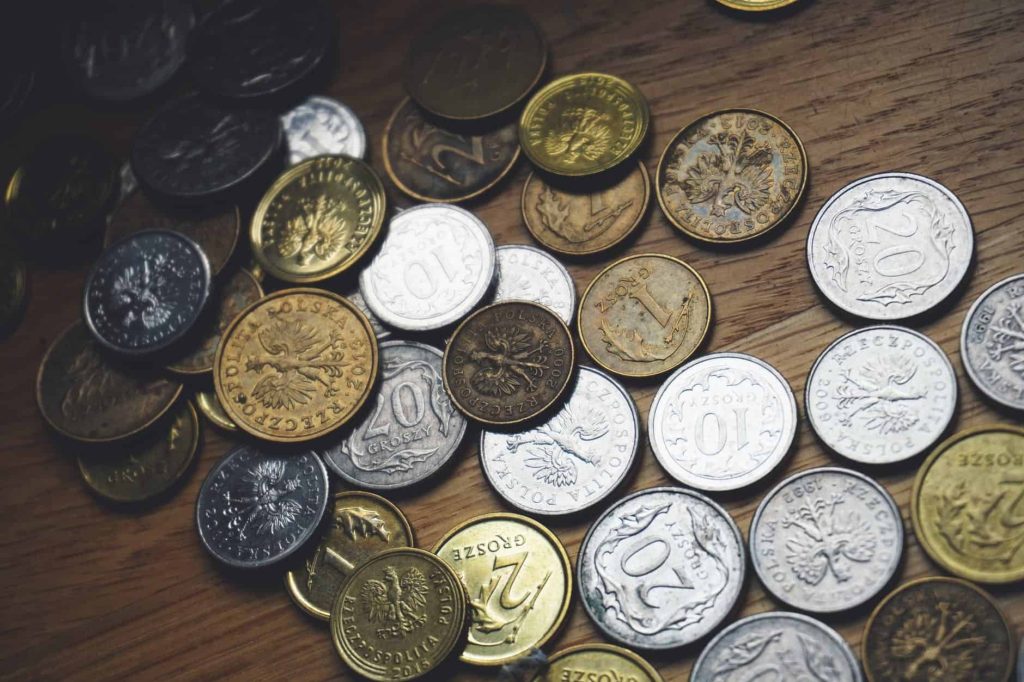
5. The Auction House’s Expertise and Strategic Marketing
While the coin’s intrinsic value was important, the auction house played a critical role in its record-breaking sale. An expertly curated marketing campaign highlighted the coin’s unique qualities and historical context, drawing attention from a wide range of collectors. The auction house’s meticulous storytelling helped elevate the coin’s perceived worth.
Rather than relying solely on its rarity and condition, the auction house skillfully wove a narrative that connected the coin to the broader historical and geopolitical shifts of the time. It framed the coin as not just a piece of currency, but as a historical artifact that encapsulated a moment in time—a narrative that drew high-profile bidders into the auction room.
6. The Psychology of Bidding Wars
Once bidding commenced, the psychology of the auction took over. Coins with such a compelling backstory and in pristine condition tend to create a sense of urgency among bidders. The auction environment itself—filled with eager collectors and investors—creates a sense of competition. As the bidding climbed higher, each bidder felt the pressure to secure the coin, knowing full well that such an opportunity might not come again.
It’s also important to recognize that there are often undisclosed collectors who specialize in seeking out underappreciated items with hidden potential. These collectors often have an intuitive sense for what will become a hot commodity and are willing to pay premium prices early in the auction, further inflating the final bid.
Conclusion: What We Learned from the Coin’s Sky-High Price
The sale of this little-known coin for a sky-high price reveals just how much hidden potential can lie beneath the surface of seemingly ordinary items. What initially appeared to be a routine auction item turned out to be a historical treasure, tied to a fascinating backstory and preserved in exceptional condition.
Key takeaways from this auction include:
- Provenance matters: A compelling backstory can turn an otherwise overlooked coin into a highly sought-after piece.
- Condition is king: Coins that are well-preserved are far more valuable than those that are heavily worn, regardless of their age.
- Historical context amplifies value: Coins that tie into significant moments in history often fetch higher prices because they represent a tangible connection to the past.
- Market psychology: The auction environment, combined with strategic marketing, can make all the difference in the final price.
Ultimately, this coin’s success illustrates that in the world of numismatics, sometimes the most unassuming objects can hold hidden value, waiting to be discovered by those with an eye for detail and a deep understanding of history.
















